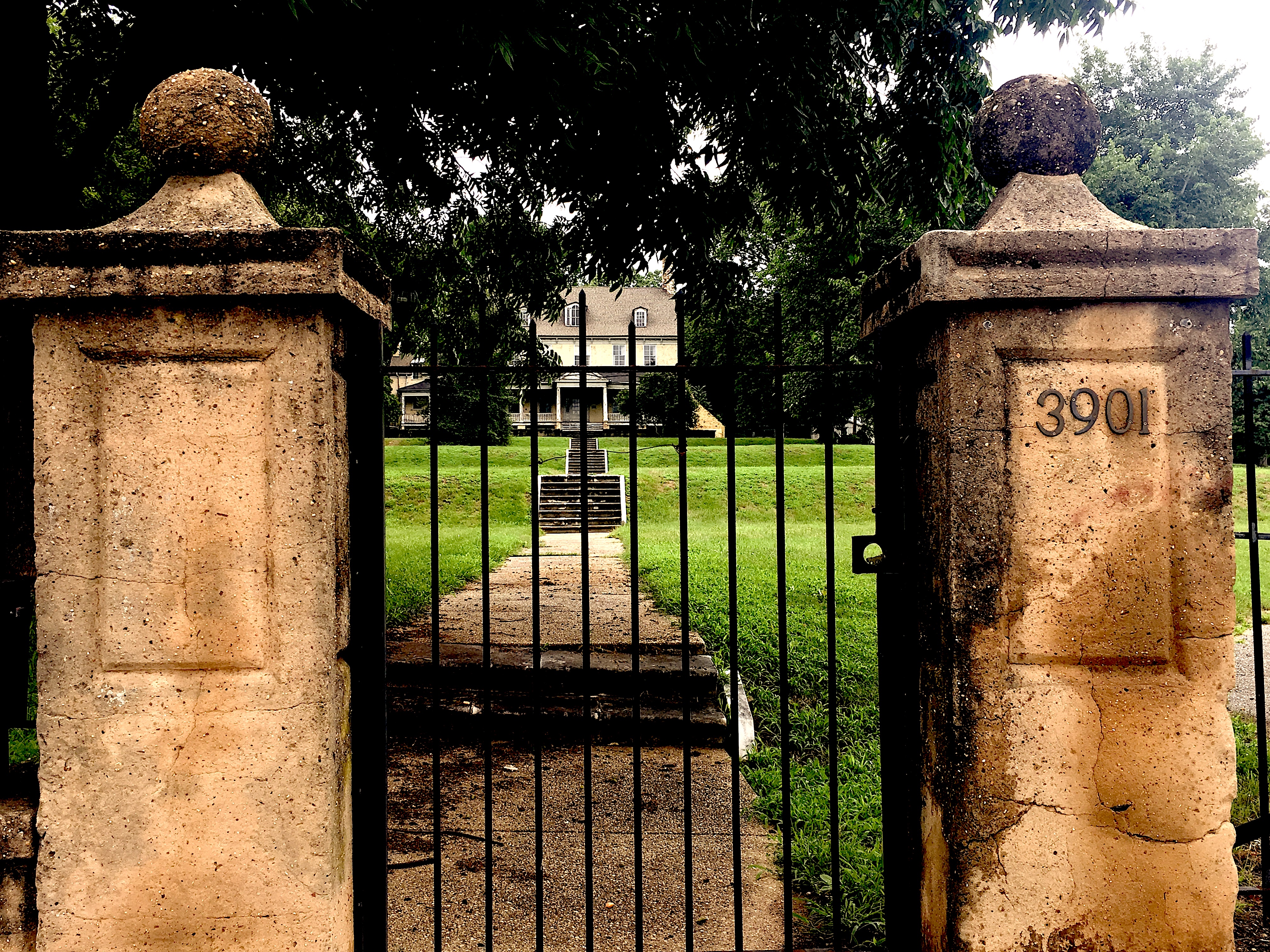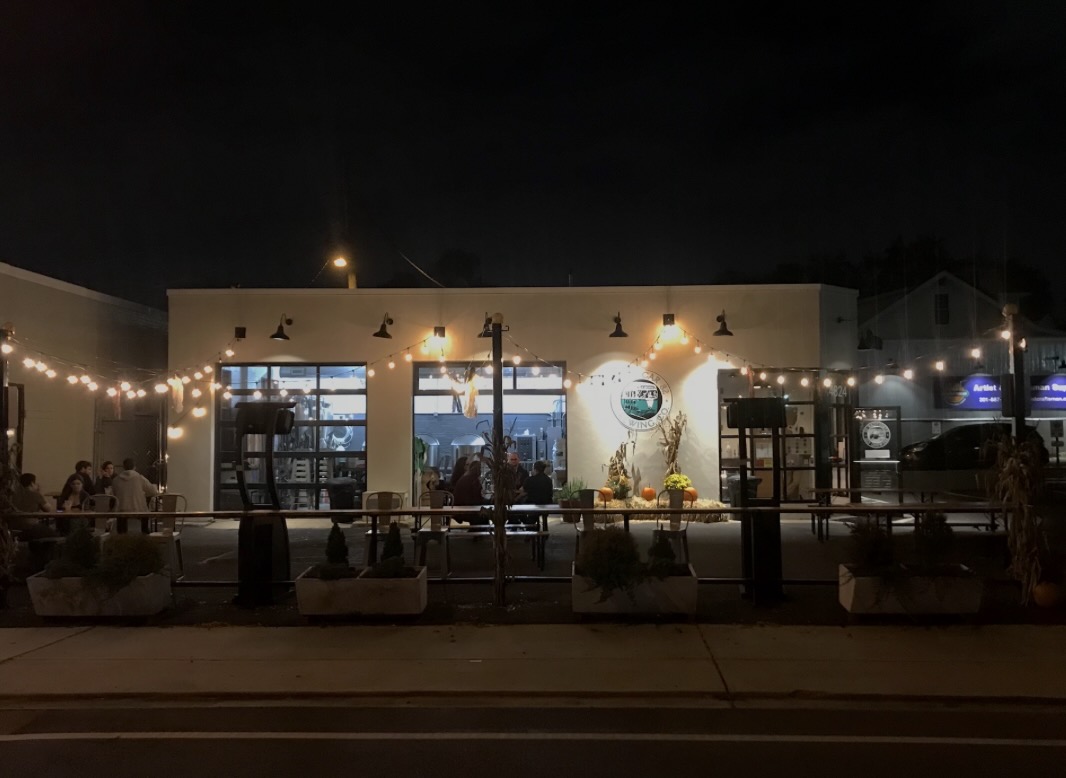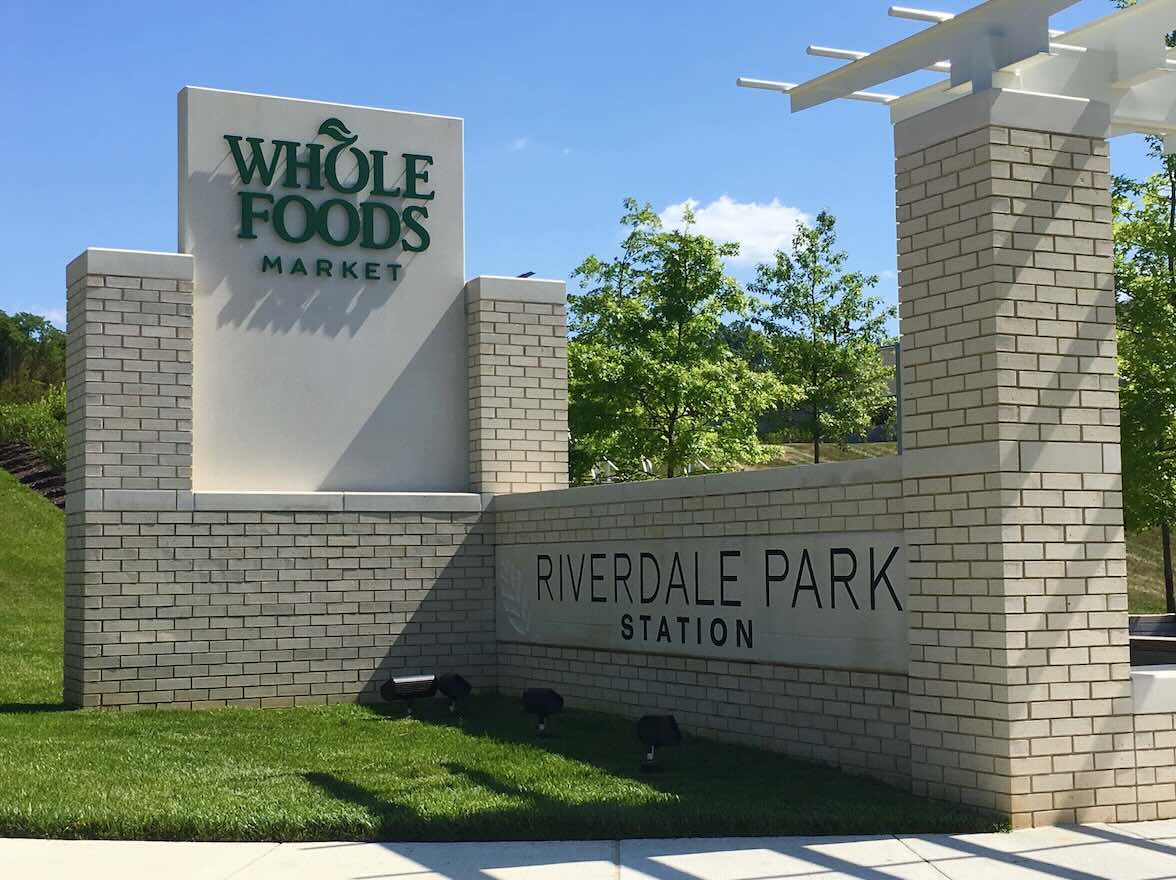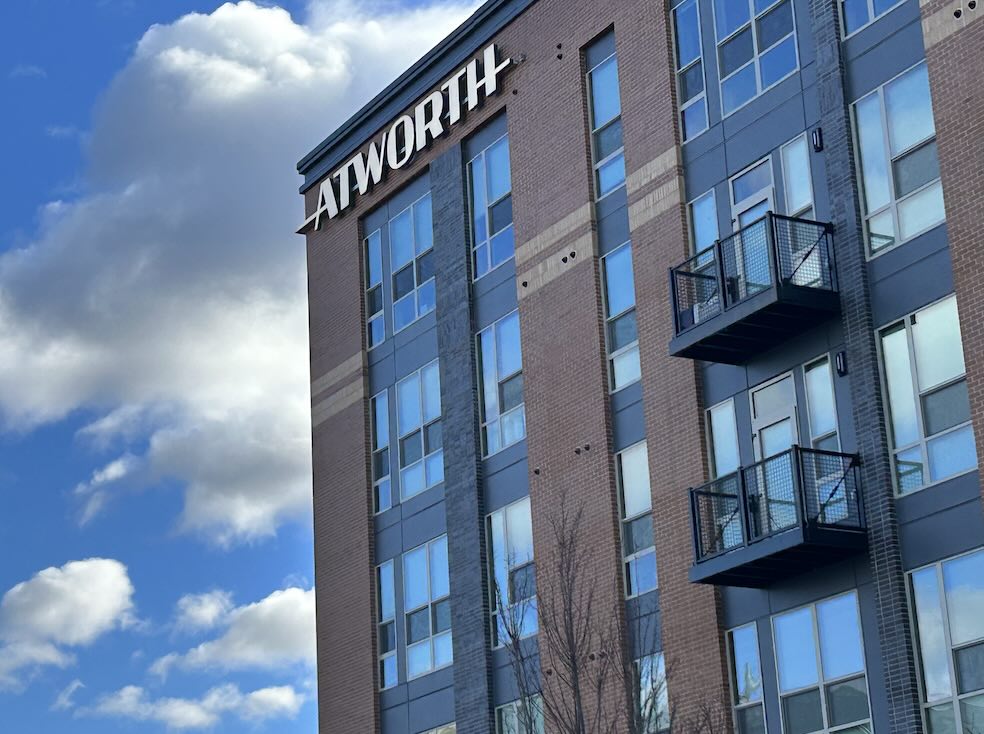
One of Bladensburg’s most historic mansions is rarely seen by the public, but it has an important story to tell about the area’s past, as well as America’s.
Built in 1746, the Bostwick House has not been renovated to the extent that the nearby Riversdale House Museum has and in 2012 it was named one of the state’s most endangered historic sites.
Brief write-ups of the building tend to note how much history it has: It was built on some of the first lots offered for sale in the town, which was incorporated just four years earlier. Its owners over the centuries have included wealthy merchant Christopher Lowndes, who built it; the first Secretary of the Navy; the family that built Riversdale; and even a British colonel who occupied it during the War of 1812.
Lowndes himself gets a similarly flat historical treatment: A British-born dry goods merchant who also ran a shipyard and owned a rope-making business.
But Lowndes was involved in another trade: Buying and importing enslaved people. And not just a few. Along with his brothers Edward and Charles and his son Francis, Lowndes invested in ships that made 37 voyages between 1746 and 1770, carrying 9,637 enslaved people, according to James H. Johnston’s “From Slave Ship to Harvard.” According to the Trans-Atlantic Slave Trade Database, 13.5 percent of the enslaved people on a Lowndes ship died in transit, on average.
Even at the time, Lowndes’ involvement in slavery was not well-known, outside of one notable ship which was advertised in a Maryland newspaper in 1752.
“Lowndes was known locally as a merchant,” Johnston writes. “He dabbled in slaves, to be sure, buying from this man and selling to that, and he handled [two voyages]. However, since these were the only times that Lowndes himself publicly advertised the importation of slaves from Africa, Marylanders might not have been aware of his deeper involvement in the business of importing men, women, and children from Africa in the transatlantic slave trade.”
Lowndes also advertised a runaway enslaved person in a 1764 advertisement in the Maryland Gazette, noting that he was “very artful, and probably may endeavor to pass as a Freeman.”
The Bostwick House is currently being preserved by the city of Bladensburg, the Maryland Historical Trust and students from the University of Maryland. As the city looks for the best way to preserve this historical landmark, it should also try to find a way to tell this untold — or maybe under-told — story.
America has struggled to tell this story of slavery to itself at the national level, with the exception of places like the National Museum of African American History and Culture. We shouldn’t erase it from local history, either.
Help the Wire grow in the new year!
Make a one-time donation or become a regular supporter here.
















Is this a news story or an opinion piece?
Interesting piece! Thank you!
Yes, a beautiful house with a partially ugly history. I agree that we must keep struggling to tell the stories fully and responsibly. Thanks for your article.